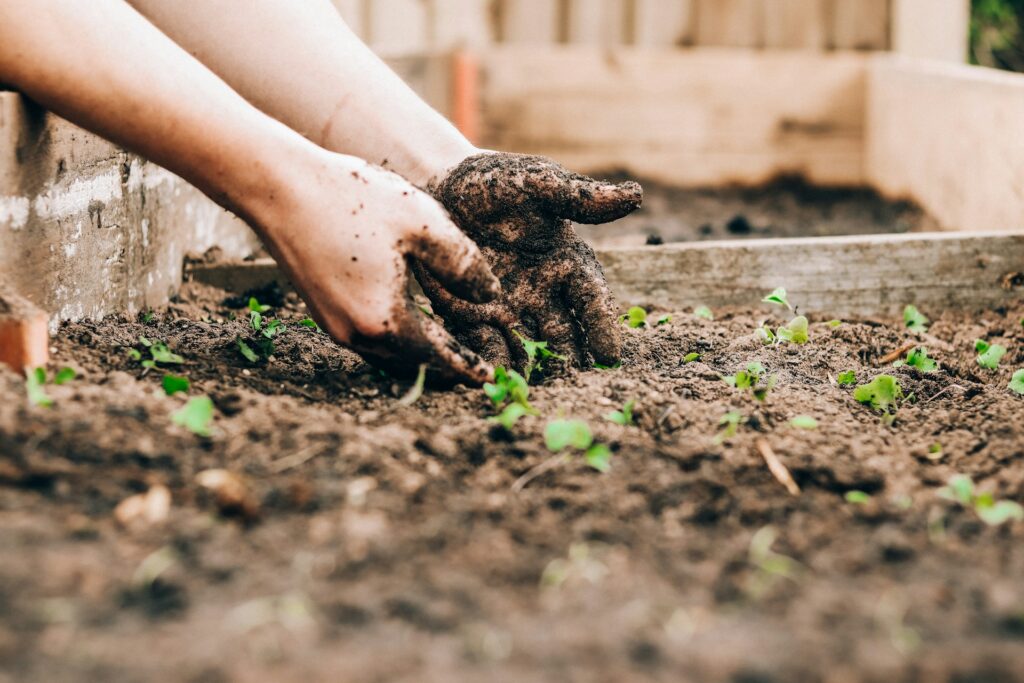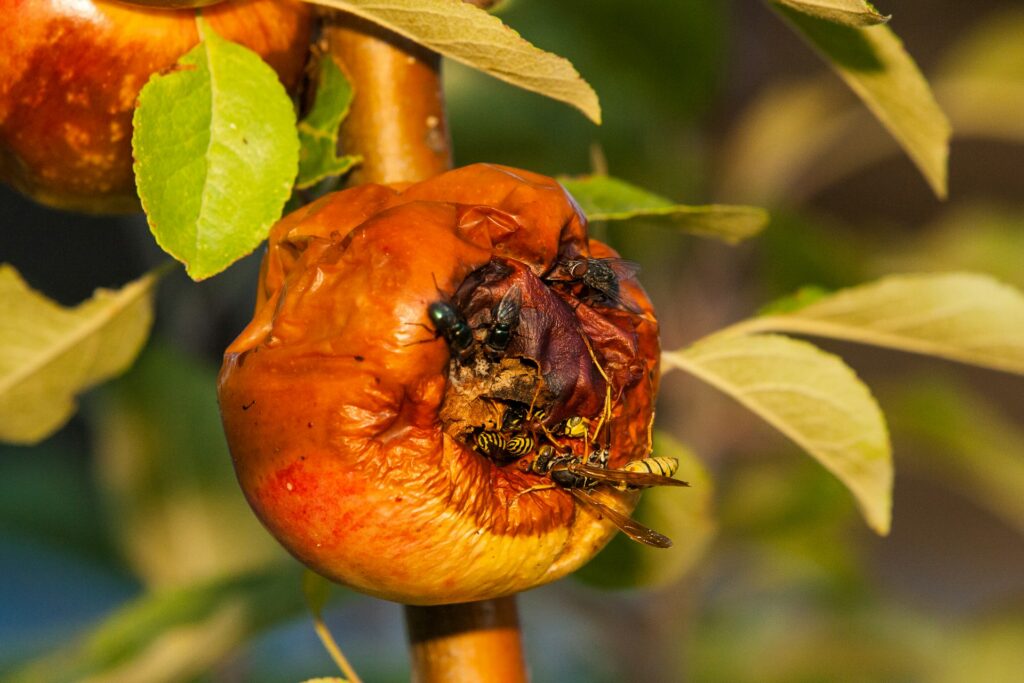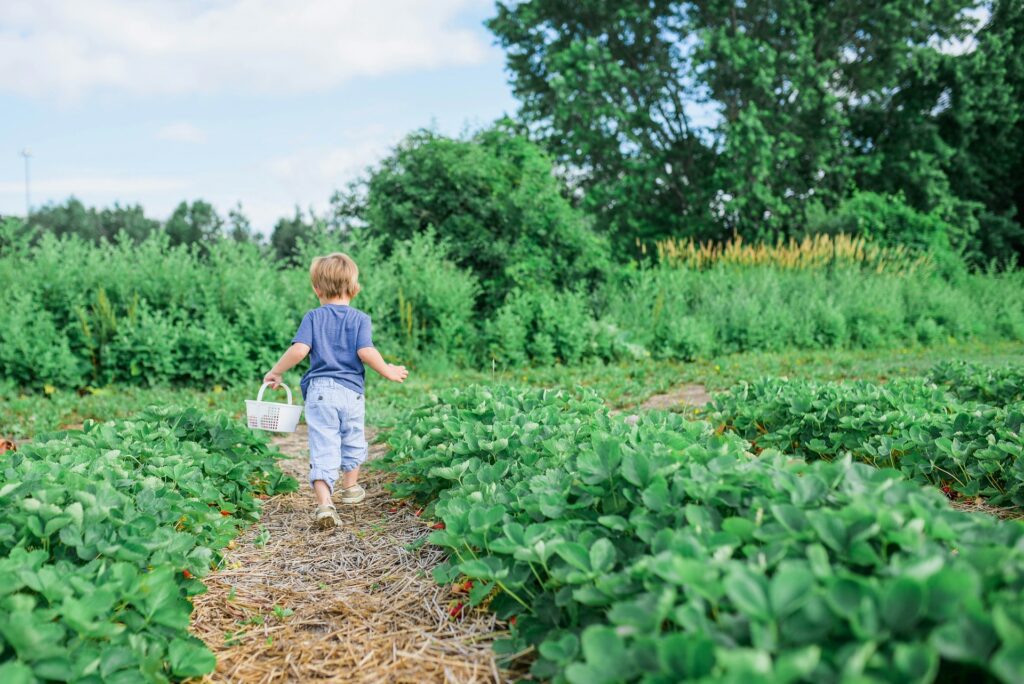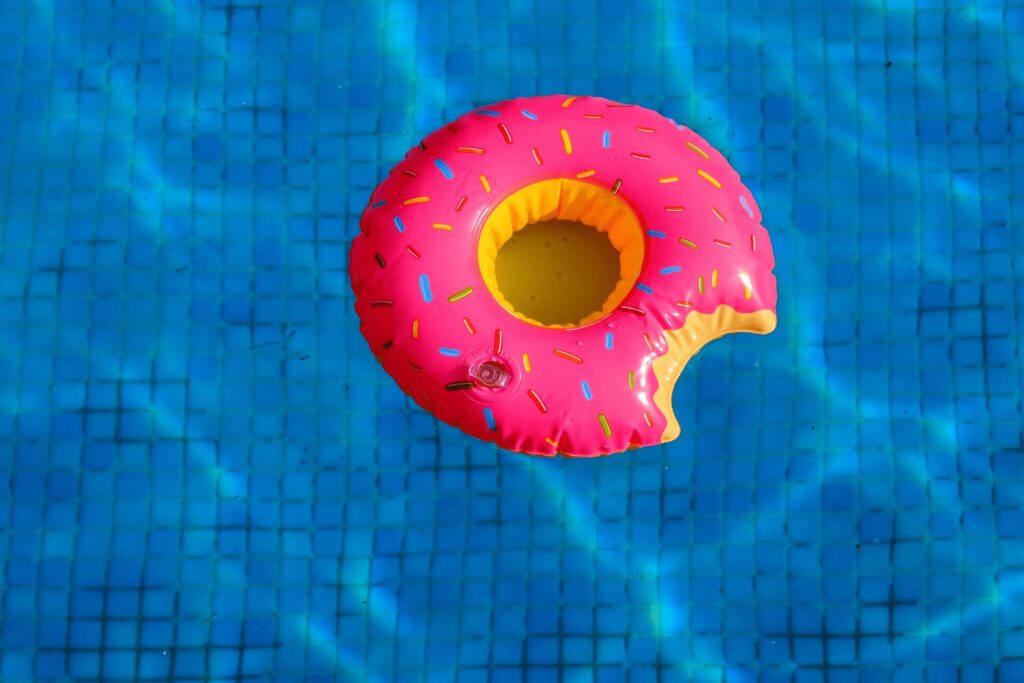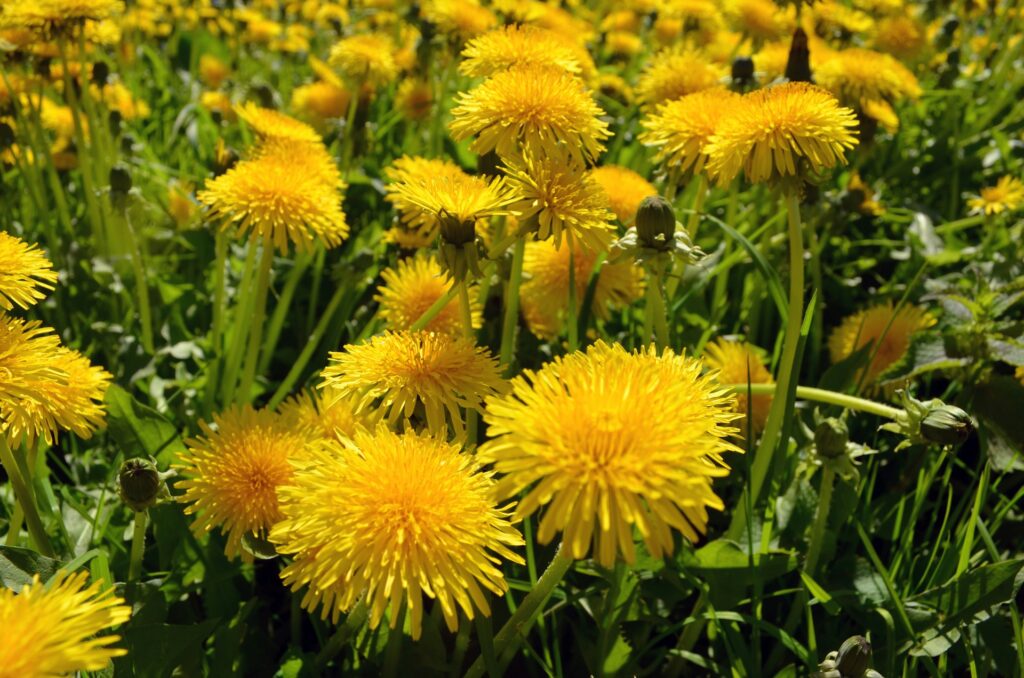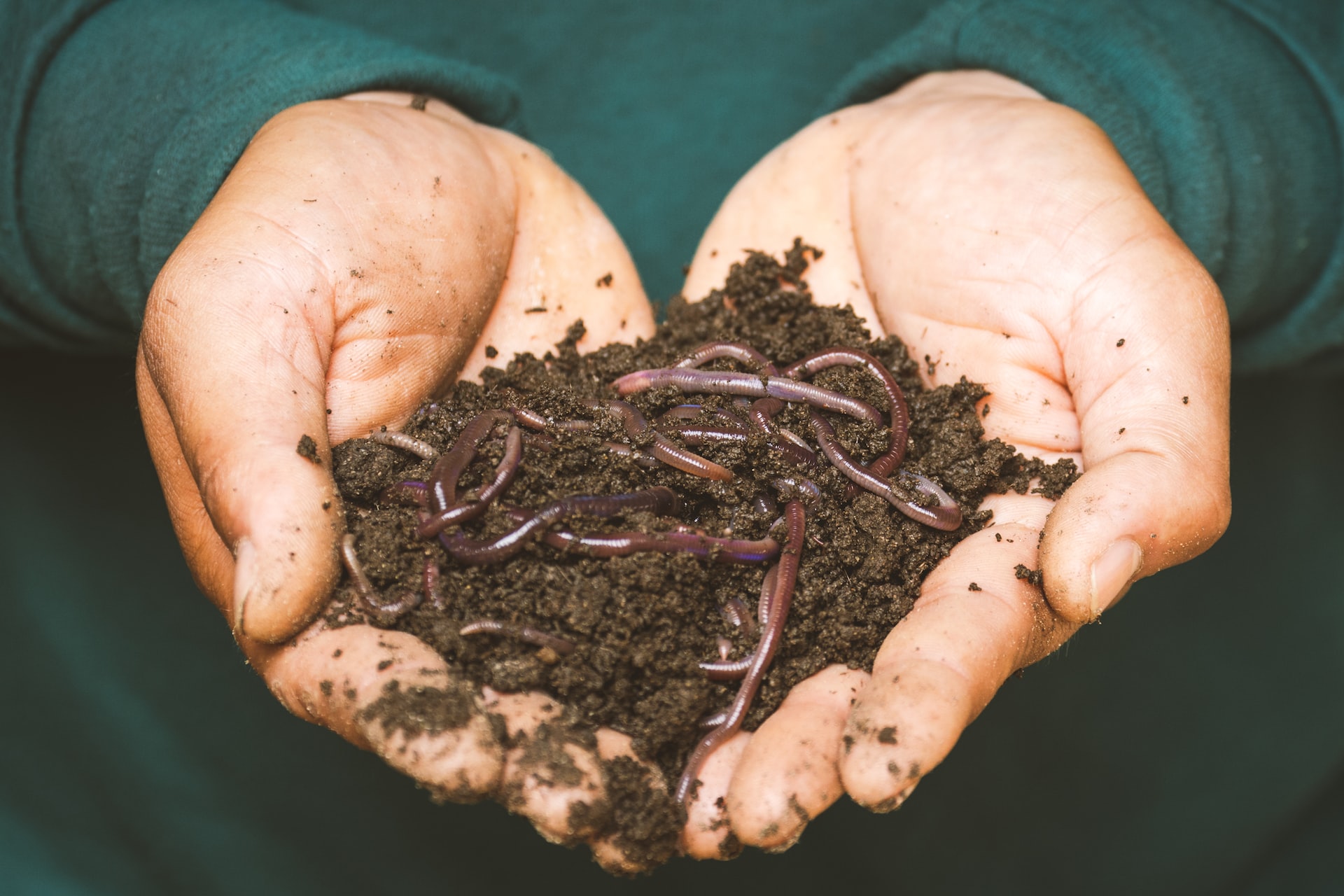
We are reader-supported. When you buy through links on our site, we may earn an affiliate commission.
Deep in a plastic bin, something is stirring. A mound of coconut fiber, carrot peels and apple cores seems to breathe, giving off a humid, earthen odor as a writhing mass of worms burrows through it. It might sound icky to some, but a tub full of earthworms has profound environmental benefits. Under the container, a steady drip of compost tea streams into a bucket, ready for you to collect and fertilize your plants. Do you want the best garden ever? Here’s everything to know about caring for a worm farm.
- Why Start a Worm Farm?
Vermiculture, or the practice of raising worms, is good for you and the environment. Because worms eat almost anything, most of your food scraps can go in the worm bin, turning them into fertilizer.
This keeps food waste out of landfills, where it would give off greenhouse gases. Transporting food to the landfill also costs money and wastes fuel.
You’ll cut down the amount of trash you have to carry out, use fewer trash bags, lower your greenhouse gas emissions and get organic fertilizer as a byproduct. Plus, you can feed worms to pets like chickens, fish and reptiles, or sell extra worms and compost.
- Is Starting a Worm Farm Difficult?
Furthermore, it is quite easy to start a worm farm. You can buy a pre-made bin to help you get started, or you can make one yourself with a little DIY ingenuity. Since worms strive in dark and damp environments, raising worms is about as simple as keeping them out of direct sunlight and in temperatures between 55-85°F.
The bin needs plenty of air holes so the worms can breathe. Worms breathe through their skin, which is why it’s important for the substrate to stay damp. To maintain the worms, you’ll feed them kitchen scraps to keep them healthy and happy.
- What Soil is Best for a Worm Farm?
Contrary to what you might expect, worm farms usually don’t use soil as the main type of bedding. Place your worms in a substrate like shredded newspaper, coconut fibers or peat moss instead. You can also add some soil that’s rich in humus if you like, although it’s not necessary.
- How Many Worms Should You Buy?
To start a worm farm, it’s a good idea to get a pound of worms. This equates to about 1,000 worms. The most common species used in worm farms are Eisenia foetida and Lumbricus rubellus, usually called red worms or red wigglers.
Since they’ll eat roughly a pound of food per day, this equates to about seven pounds of food scraps per week. If this sounds like a lot of food, you’re right. Americans throw away roughly one pound of food a day, which is just the right amount for 1,000 worms to eat daily. You probably won’t even need to buy extra food for the worms.
- How Big of a Worm Bin Will You Need?
For one pound of worms, you’ll need a bin with enough space for them to move around. If you’re going to make the worm farm yourself, you’ll place the worm bin inside a second, separate bin to collect the castings.
A good size for the bottom bin is 15 inches deep, 25 inches wide and 5 inches high. For the top bin, which contains the worms, a tub that’s 15 inches deep, 20 inches wide and 15 inches high works well.
Of course, you can also buy a worm farm container that’s pre-made and already sized correctly for a pound of worms.
- Is it Profitable?
You can sell excess worms and castings for a profit, although you probably won’t get rich with just a hobby worm farm. Currently, a bag of 1,000 red worms sells for around $45 online, and a 4-pound bag of earthworm manure goes for less than $20. You’d have to produce a lot of earthworms and castings to turn it into a full-time business.
Still, since the upkeep of a worm farm is virtually free — all you have to add is food scraps and substrate — you might earn a profit. Gardeners, people with reptiles or chickens, anglers and pet supply stores could be interested in buying from you. Plus, your garden might grow better, which could be profitable if you want to sell fruits and vegetables.
- Will it Attract Pests?
Your worm farm shouldn’t attract pests if you do it right. The main thing that will attract flies or rodents is if you add food scraps faster than the worms can break them down. Also, be sure to bury the food under the soil to prevent flies and rats from being attracted to it.
- How Fast Will the Worms Breed?
Within 2-3 months, your earthworms will be old enough to reproduce. Worms are hermaphrodites, meaning a single worm has both male and female reproductive systems. Because of this, all of your worms will be able to lay eggs.
The eggs hatch in 3-4 weeks and look like small yellow balls. Worms are prolific breeders. In fact, if you start with a thousand worms, you could have a million of them within a year.
- What Do Worms Eat?
Red worms can eat their body weight in food each day. They love fruits and vegetables, tea bags, coffee grounds, shredded black print newspaper, hair and crushed eggshells.
Put your kitchen scraps in a container on the counter or in the fridge to collect them throughout the day. Then, be sure to chop up the food into small pieces, since worms have tiny mouths. This helps the worms eat it.
- What Shouldn’t You Feed Them?
There are a few things you should not put in a worm farm. This includes meat, bones, citrus peels, oil, dairy, whole eggs, onions and garlic. These types of foods are unappetizing to worms, and they’ll start to smell pretty foul as they break down.
- How Often Should You Water a Worm Farm?
The key is to keep the soil in your worm farm moist, but not soaking wet, so the worms can breathe. How often you water it will depend on the weather and what kind of conditions the worms are living in.
In a cool, humid environment, you might only need to water the bin once a week. In hot, dry weather, you might have to do it every day. Check on the bin regularly when you’re first starting out to get a sense of how often you should water it.
- How Long Will Worms Live?
Red worms, also called red wigglers, are the most common type of worm kept in worm farms. They live between one and five years.
- Is Worm Tea Some Sort of Drink?
Yes, if you’re a plant! Worm tea is a euphemism for a mix of worm manure and water. You can drain it out of the worm bin directly into a bucket, then use it to water and fertilize your plants.
Black Gold
Now, you have the tools you need to know how to start your own worm farm. In addition, you can do your part in cutting back on food waste by feeding your worms your food scraps, while also providing your plants with nutrient-rich soil. There’s a reason that fertilizer made from earthworm castings is often called black gold!




